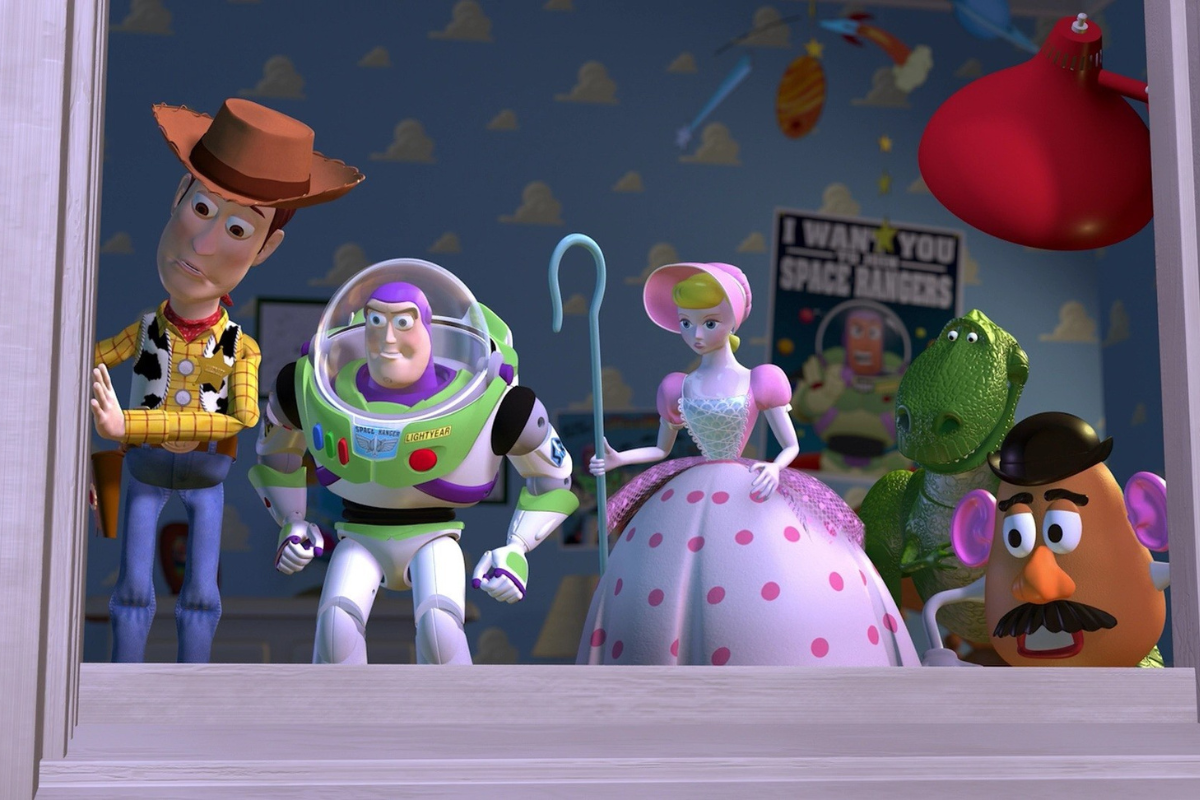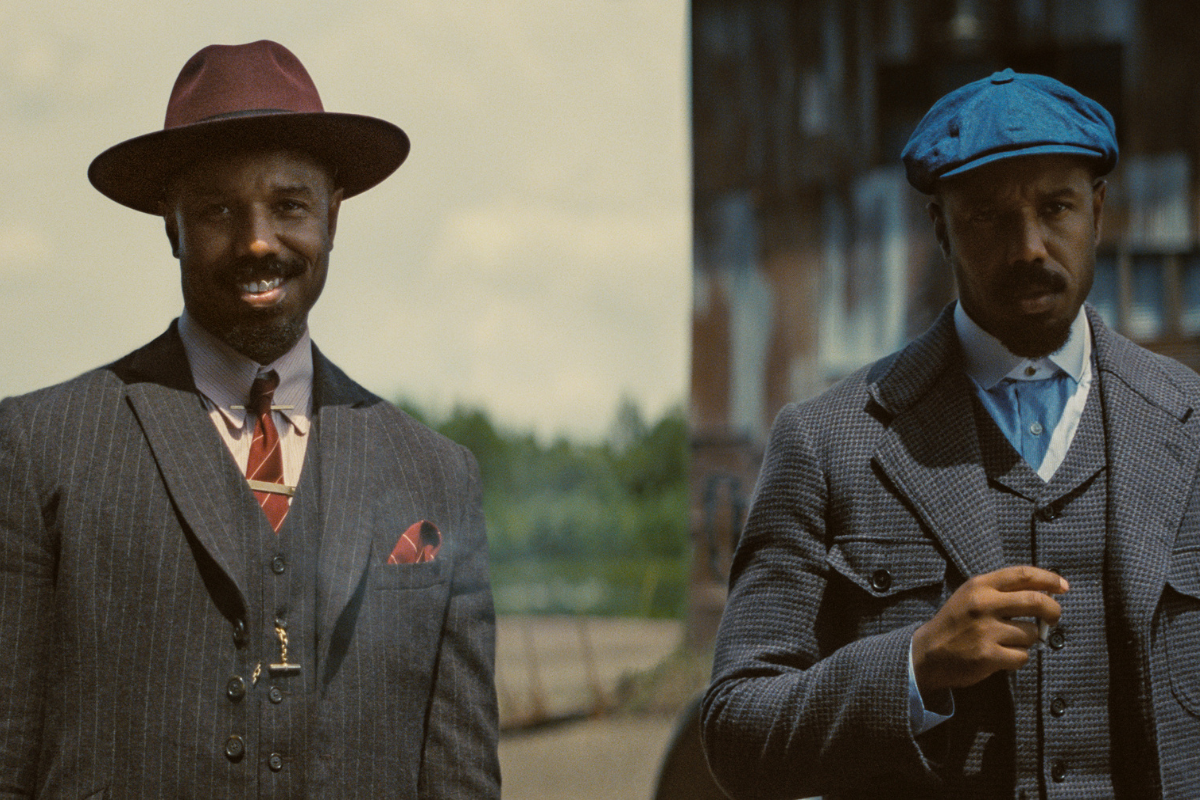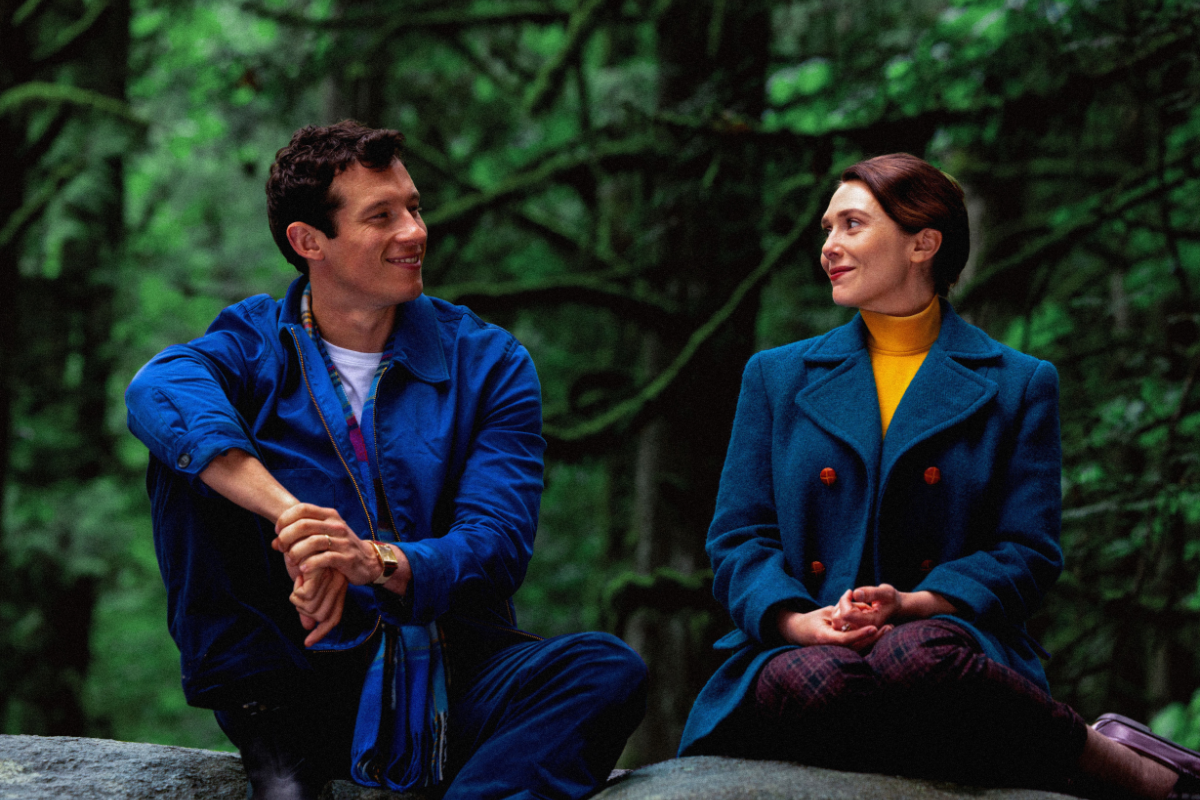Indievelopment: Writing Indie Friendly
Writing indie films requires writing “indie friendly.” But what does that mean? Jeff Richards tells you how to make your scripts an indie success.
(Before we start, a caveat. Indie can mean a $20,000 budget, it can mean $20,000,000. So obviously no rules will be universal. But these general approaches, scaled to your target, will help.)
If you want to write for indie, you have to write indie friendly. But what does that mean? Okay, so we know a lot of things that aren't that indie friendly; say, Lord of the Rings. Gladiator. The Avengers. But what is? Cops? Martial arts? Thrillers? Horror? Comedy? Sci-fi? Fantasy? Superhero movies? Sure. Every single genre in that list has been done at indie levels, and in some cases, better than Hollywood does it. Indie friendly isn't a genre. (Seriously. Because if I see one more earnest indie dramedy about maladjusted families, I'm gonna go all Michael Douglas Falling Down over here.)
Instead, writing indie isn't about what you write, but how you write it. And that involves the three I's of Indie.
On with the first I!
Introductions
Be careful with your introductions. Everything costs.
Hollywood will have a conversation start in an office, move to a hallway, continue to an elevator, end up in a car in downtown, then on the highway, continue at a gas station, and end in a restaurant.
Indie will stay at the office. And possibly end at the restaurant, but in a clever "we've moved in space but not in time; there's no gap in the dialogue" kind of way. Why? Because each of those moves is another location, another teardown and setup, another entirely new lighting arrangement, and some of them, the dreaded COMPANY MOVE. That's when everything and everyone on the set packs up, piles into a small invasion force worth of ragtag vehicles, and moves to a new location. Moving gear from one room to another slows you down, but a company move kills you. It's one, two, three, five hours when you're not shooting anything, and for an indie film on a twelve to eighteen day shooting schedule, five non-shooting hours are death on a call sheet. Don't let it stifle your story, but be aware that a forty-location script isn't indie friendly. Twenty? Not ideal. Ten? Better. One? They will love you forever.
Also, those downtown scenes in a car might need permits, or even police escort, depending on the shot, your laws, and the producer's inclination towards criminality. That highway too. That gas station needs permits and possibly extra insurance and maybe paying the owner to shut down and possibly some background performers and background vehicles. Your restaurant needs background performers and special set dressing and third party liability insurance, and and and... so think about what you're introducing when you bring in new elements. Think if you're piling on costs. Do you have five actors? Or do you have twenty-five? Are there three props in your film, or three hundred? Are your protagonists walking past a guy playing a saxophone or past a rock concert? You don't need to know the line item cost of every element; you're writing a script, not doing a shooting budget. But be aware. Introduce your new elements carefully; bring them in because they are essential to your script. Don't be terrified of each new thing, but just be aware. If an expensive element is essential, then keep it; a clever producer might be able to make it work. And that brings us to...
Invention
Hollywood trots out very similar films most of the time, and there are reasons they can get away with it. The first is that the stars and the directors and the glossy presentation of it all make us willing to look at the same pig in a new suit. For example, R.I.P.D. is basically Men In Black tossed into a blender with Ghostbusters, and they aren't even subtle about it. But I will, at some point, watch it. Why? Because I love Jeff Bridges, and that's enough for me to rent it. (But only rent it.) The second reason they get away with it is they have five, ten, twenty, fifty times the production budget of an indie film just to throw at advertising. I remember when I became aware, really aware of the dollars and cents cost of movie advertising; it was when I saw a sixty-foot banner for Jurassic Park III at a small local mall. And I live in Canada. Think of how much a sixty-foot banner costs, even in massive quantities: production, shipping, cost of renting the ad space... multiply that by all the small malls and all the billboards, and the building wraps in L.A. and the radio and Internet and TV ads... it adds up.
Indie doesn't have that. You need to be smart. Sure, advertising is the producer's and/or the distributor's problem, but how can you help? By being inventive. Original concepts. Cool takes on topics that are relevant (but not current-event headline relevant. That's usually movie of the week type stuff.) Don't think "viral"; no one can deliberately create something viral, but do think about topics that could get attention. And don't try to compete with Hollywood: "Like Hollywood, but with less money!" never sold tickets. Make your story different, intriguing. Make it cool. There's a European movie where the trailer was a woman hiking in the mountains and suddenly she walks into an invisible wall. She seems trapped. And because it looks so non-sci-fi, boom, I want to see that movie. I'm curious. It looks cool.
So grab us. It's really not different from what you need to do before you write for Hollywood; it's just that Hollywood wants it, and indie needs it. Write interesting new takes on the established genres. Moon cost $5M to make, which is pretty cheap for a sci-fi movie set on a moon base starring Sam Rockwell and Kevin Spacey. But it had two characters (and really, Kevin Spacey is just a voice; another way to get a name actor for cheaper) and they limited their sets. Be inventive. Watch indie films and try to analyze how the writer may have helped make this movie achievable. A well-written script that is shootable will rise to the top of indie producers' piles quickly.
So, there are two of our I words of Indie. On to the last one.
Flexibility
The third I of indie is flexibility. Yeah, I know, it starts with an F, but we ran out of money for I words and we still have three pages to shoot today, so we're going with F. Look, craft services has run out of coffee, so can we talk about this later? Like, MUCH later?
Getting an indie film made exactly as planned is about as likely as completing the Iditarod wearing speedos. Don't even think about it. Changes will happen, and you will either a) have to rewrite the script on short notice or b) accept that they've changed/tossed out/added without consulting you. I've done rewrites under brutal pressure. (Full script ground-up in a weekend? Been there, done that, got the contract.) I've been rewritten by non-writers. I've had scenes I thought were crucial dropped with no warning. I've had a script be rewritten so thoroughly that I wonder why they bothered starting with mine in the first place.
And I'm fine with it. It's what I get paid to do. All I do is supply the blueprint; how it gets executed is up to the producer. After all, they signed the cheque, so they call the tune. Go with the flow and help out where you can. And you might get paid the highest of compliments: being hired again.
- More Indievelopment articles by Jeff Richards
- Alt Script: Should You Become Your Own Producer?
- Indievelopment: On the Silver-ish Screen - Writers Producing Films
Get important legal insight in Dinah Perez's on-demand webinar
The Legal 411: The Legal Info Producers Need from Script to Screen







